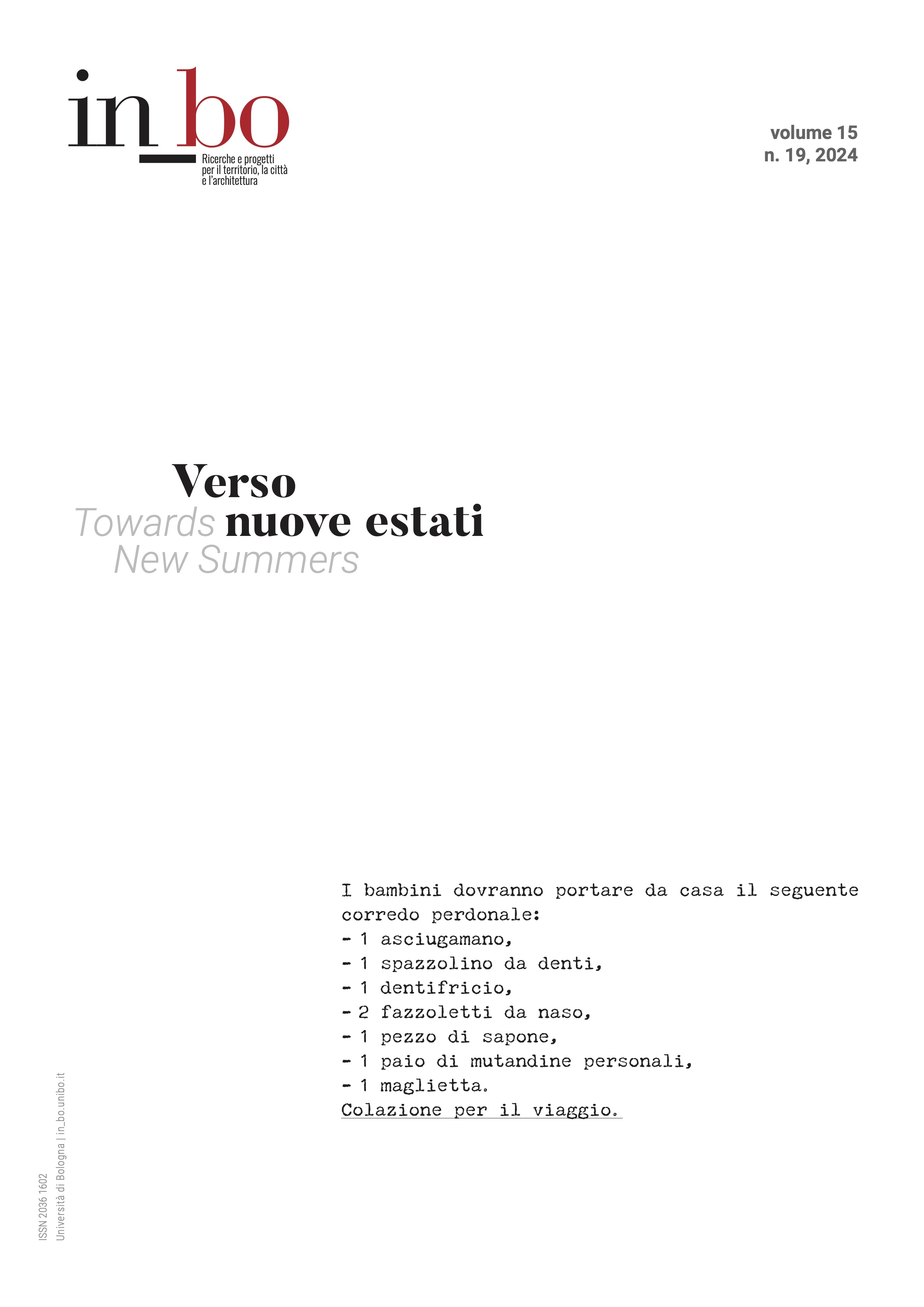The Machine and the Camp: The Projectuality of the Holiday Spaces in the Third Reich
DOI:
https://doi.org/10.6092/issn.2036-1602/16533Keywords:
machine, camp, Third Reich, Seebad Prora, Hitlerjugend campAbstract
This paper aims to analyse the ambiguous relationship with modernity of the holiday spaces in the Third Reich. The Kraft durch Freude (KdF) and the Hitlerjugend, the two major Nazi organisations dedicated to normalising the leisure time of the Reich's subjects, were protagonists of architectural experiences characterised by opposing conceptions of modernity. Two radically opposed architectural models seem to emerge from the KdF Seebad Prora seaside resort and from the ideal layout of the camp recommended by the Hitlerjugend manuals: the machine and the camp. The analysis and comparison of these two models define an opportunity to investigate the complexity of the totalitarian spatial ecosystem by analysing its two-faced approach to modernity, its structural link with the regime and the contemporary perception of its difficult heritage, attempting to dispel certain prejudices and oversimplifications regarding Nazi Germany's planning.
Downloads
Published
How to Cite
Issue
Section
License
Copyright (c) 2024 Gianluca Drigo

This work is licensed under a Creative Commons Attribution-NonCommercial 4.0 International License.





